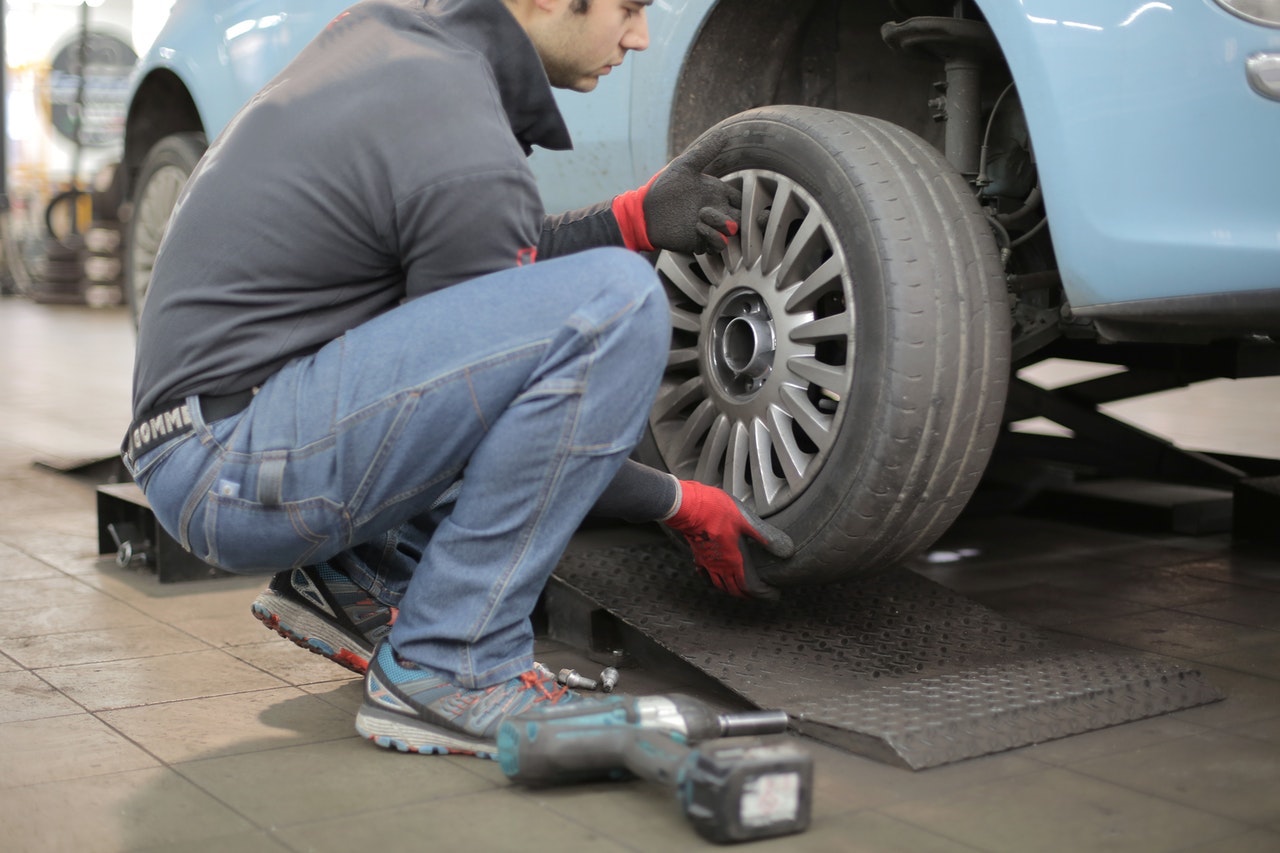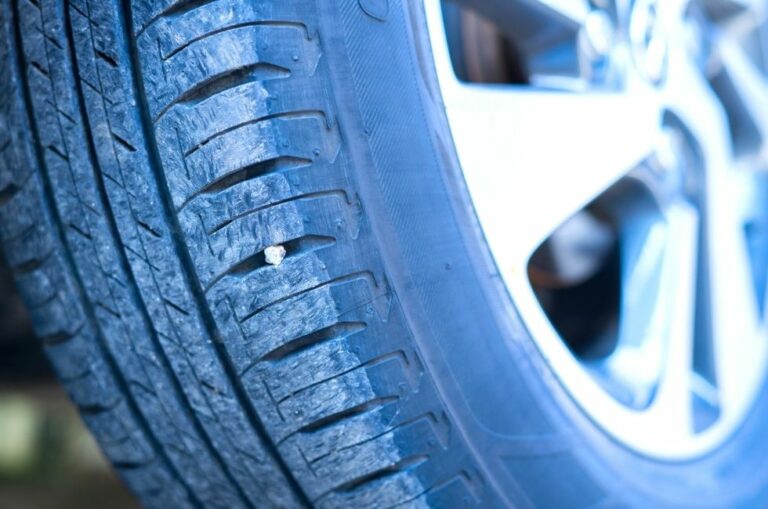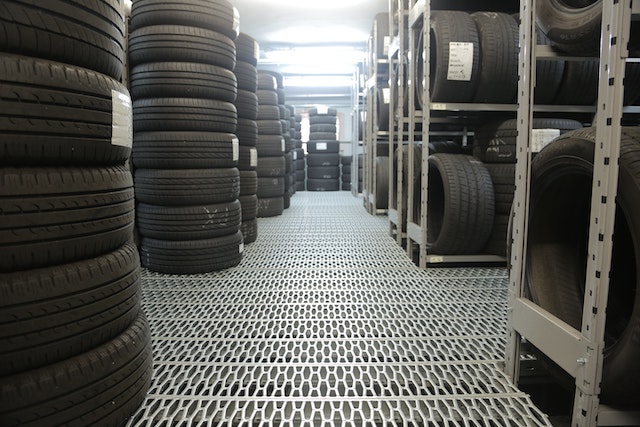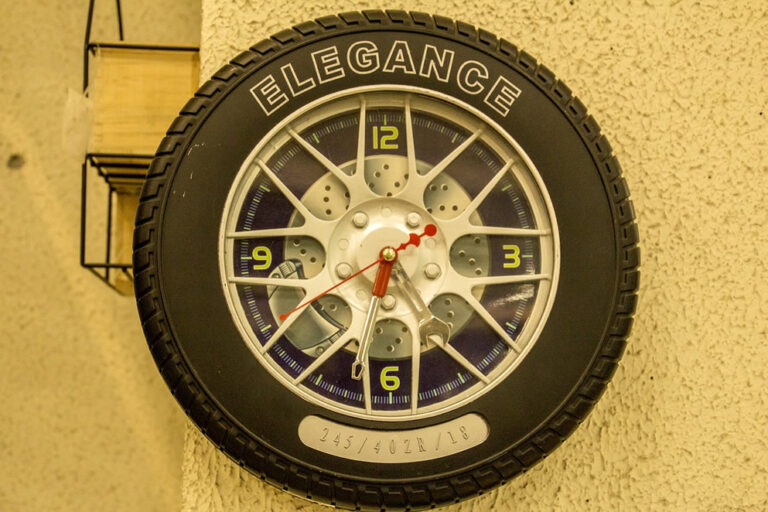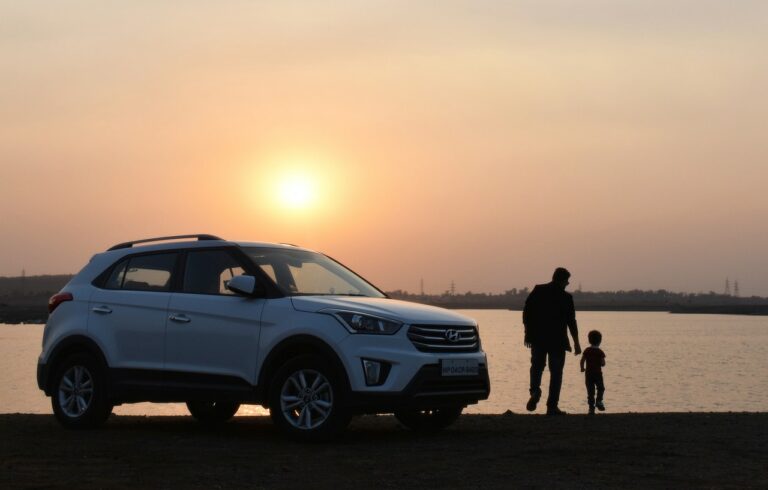Checking a car’s tyre pressure regularly is important. With a busy lifestyle it’s so easy to overlook. But considering the major impact incorrect tyre pressure has on your car’s performance, its safety, and how long it will be fit for use on the road, it’s certainly worth getting into the habit of checking pressure levels regularly. According to tyre experts like iconic Australian tyre recycler Chris Lett of Branigans Tyres in Queensland, doing so monthly (at the very least) could save lives and make sure you don’t have to replace tyres too soon.
Why Tyre Pressure is So Important
Many may believe the tyres are what supports the weight of the car and its load, but it’s really the air inside them that does the heavy lifting. With the correct tyre pressure, the weight of the car is spread evenly over the tyre’s tread, stabilising both the tyres and the car by providing the optimal amount of contact with the road for the best grip. When tyres are either over-inflated or under-inflated, that stability is negatively affected, and the car becomes harder to handle, Lett said.
Determining if tyres are at the right pressure can’t be done with a quick glance as you climb into the car, or by kicking the tyre to see if it’s “flat”. That requires a proper test at home using a pressure gauge, or by stopping at the local service station for a check.
However, there are some warning signs that it’s time for those tests. These include the car’s performance seeming sluggish, the ride being not as smooth and comfortable as usual, and the occasional bump as the car battles to deal with stones, potholes and roughness on the road it would normally deal with easily, Lett said.
And that’s just the beginning, according to Lett. Incorrect inflation can lead to far worse situations. These start when it affects the ability to keep control while braking, stopping, or going round corners. This can lead to accidents and collisions, and bad ones at that. Tyre defects and failures, including incorrect tyre pressure, are listed among the top factors playing a part in fatal collisions.
Consequences of Incorrect Tyre Pressure
Tyres change shape when either under-inflated or over-inflated. If there’s too much air inside the tyre (overinflated), the normally flat tread area, distorted by the pressure, can become curved with a bulge in the centre part of the tread. Road contact is reduced to one narrow strip of tyre surface. This increases the strain on the tyre, causes more difficulty with handling, provides a bumpier ride, and leads to uneven tread wear, which could lead to blowouts, and will definitely shorten the tyre’s lifespan.
When tyres are under-inflated, the opposite happens. Instead of bulging out, the tyre tends to collapse inwards because of too little air, Lett said. The tyre loses its round shape and firmness and the contact area with the road expands and flattens, increasing the rolling resistance and so making it harder for the engine to turn the wheel. The resulting increase in energy usage can increase fuel consumption by about 1.5% when the tyres are as little as 0.3bar under the level listed on the sticker inside the car door. There will also be tyre damage, particularly on the edges, and braking performance will be affected.
Whether they are over-inflated or under-inflated, tyres are not going to last as long as they should. And, according to Lett, the shortfall could be as much as 7500km.
What affects your tyre pressure?
A number of things affect tyre pressure, the most obvious being if the pressure is not checked for a lengthy period, says Chris Lett. During that time, the pressure may decrease by as much as 1 or 2psi per month.
Air temperature both inside and outside the tyres also plays a big part, with the pressure rising with heat and lessening along with temperature drops. Ambient (outside) air temperature can cause the pressure to rise or fall by 1psi for every 5 degree temperature change, while tyre heat generated by friction can cause the tyre pressure to rise, especially when speeding.
For Lett, owner of Branigans Tyres in Queensland for more than 15 years, has spent these years helping motorists with high quality, low mileage secondhand tyres at budget prices so he’ll be there for you if your tyres lives are shortened by tyre pressure problems.
For further information, visit or call Chris and his team for Second Hand Tyres Gold Coast |Branigans Budget Tyres Service Centre at either Burleigh Heads (07) 5535 2660 or Southport (07) 5591 8633.
Syndicated by Baxton Media, The Market Influencers, Your Digital Marketing Agency.

